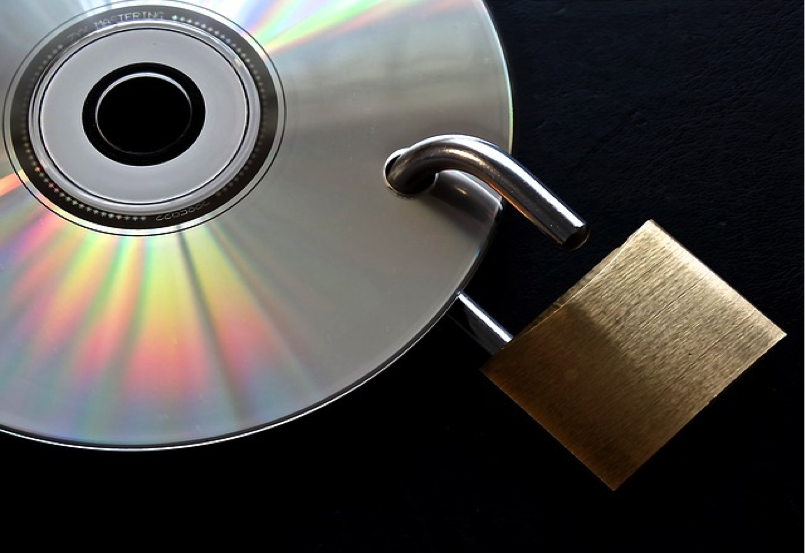As a small business owner, you should never assume that data security doesn’t apply to you. It affects businesses of all sizes and not just medium to large businesses. In fact, you should even take data security steps if you run your small business from home — because sensitive client information might be stored in your computer systems. In the wake of the recent hacks of prominent accounts and companies, it’s all the more important to be aware of various data breaches and protect yourself against them.

When you think about it, you have probably virtually stored more important data than you realize.
For instance, you may have the following records:
- Your own personal data.
- Your customer’s private data.
- Your sensitive financial data.
- Your private business data.
The loss of this data due to a data breach caused by malware could hurt your business and affect your livelihood. Fortunately, there are many ways of securing your data that are inexpensive and don’t require specialized technical skills.
Here are 7 ways to secure your data:
1. Protect the data on your laptop
If you carry your laptop with you when you meet clients, you may have gathered quite a bit of information that an identity thief could use.
One way to ensure the safety of your data when you’re on the road is to store sensitive data on an encrypted USB memory drive rather than on your laptop’s hard-drive. This is easy to do. After you enter a pin, your device will be ready for use after authentication because of plug & play functionality. Then, just unplug. Your device will automatically lock with encryption after unplugging and disconnecting it.
Besides encrypting any sensitive information, you should also take common sense precautions to keep your laptop safe, like not leaving it in the car.
2. Protect your smartphone.
Smartphones contain a lot of valuable information, like your contacts list, your social media apps, your banking apps, and your email. What’s more, they are easy to lose or get stolen. Use encrypted software, deploy password protection, and enable remote wiping to keep any sensitive data on them secure.
3. Use strong passwords.
Passwords still work, but only if they are strong passwords. Strong passwords use upper and lower case letters, numbers, and symbols. They are also between eight and 12 characters.
Unfortunately, users often create weak passwords because they are easy to remember.
Here are some common ways users choose weak passwords:
- Choosing a password based on personal information. For instance, the names of a pet or the user’s street name.
- Choosing passwords with numbers that have a personal meaning. For instance, birthdays, anniversaries or social security numbers.
- Choosing passwords that are well-known words spelled backwards. For instance, the name of a favorite sports team.
- Choosing passwords that have a predictable sequence. For instance, letters or numbers close to each other on a keyboard.
Another thing you should do is change your password every 90 days. If you have highly sensitive information, then change it every 30 days.
Finally, never use a shared password or write your password down close to your computer.
4. Install an antivirus and use a firewall.
Anti-virus, anti-malware, and anti-spyware software is essential to protect all your software. In addition, use a firewall to protect your network from Internet-based data flowing into and out of it.
5. Stay on top of updates.
Software manufacturers frequently send updated versions. It’s easy to be too busy to bother with installing these new updates, reasoning you’re happy with the existing version and don’t have time to bother with dealing with a fresh update. But new versions are not always released because of improvements in the software. Sometimes they are released to fix a vulnerability in the code that could be exploited by a new type of virus.
6. Backup your data regularly.
Schedule your backups to an external hard drive or to cloud storage. Backup your personal computers once a week and your servers every night. Be sure to test your backups to ensure they are working properly regularly. Consulting with an expert in storage and records management like Corodata can provide additional guidance on best practices for backup procedures and data protection. Additionally, consider implementing a disaster recovery plan to further safeguard your important information in case of unexpected events.
7. Train your employees to practice safety.
When hackers can’t get into your computer system because of your antivirus software, firewalls, encryption, and passwords, they try to get in through the weakest link in the chain: your employees. Employees can be tricked into compromising your company’s security measures phishing scams via email or phone. They might also download free software loaded with malware from a website.
Another risk occurs if employees bring their own devices to work, Ann Fellman a product marketing director at an endpoint data management company explains the danger: “We’re in an age where the line between personal and business devices is blurred, and with a mobile workforce, it’s difficult to keep track of where your business-critical data ends up. Unfortunately, consumer cloud file sync/share tools introduce the risk for data breaches—and most often employees unknowingly introduce risk to your organization by simply syncing data across their devices or when working with others outside the organization.”
Take Action Today
Although it may seem that implementing these security measures is adding just one more thing to your already frantic schedule, it’s important that you don’t procrastinate in taking these 7 steps. They are simple, inexpensive, and will quickly secure your business from any possible data breaches.
